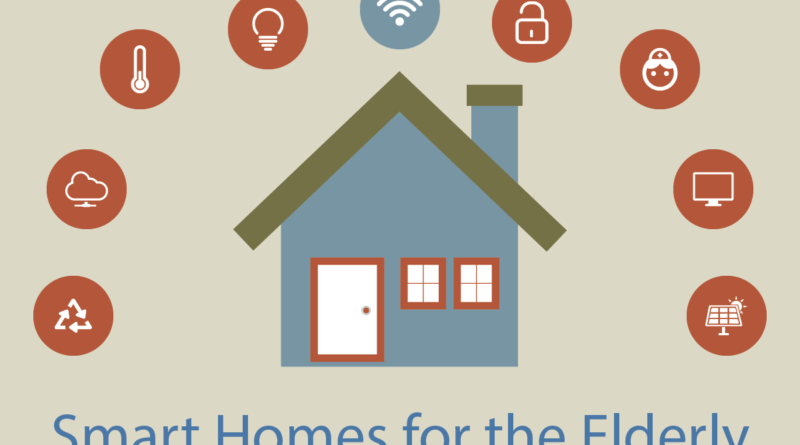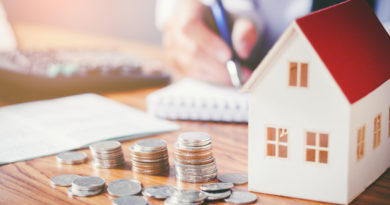Technology Supporting The Oldest In Society
A special report by The Economist shows how technology can dramatically improve the quality of life for those aged 80+.
They suggest that although lifespans are being stretched, the very last chapter is often grim. From the age of 80, in the rich world one person in five will be afflicted with some form of dementia, one in four will suffer from vision loss and four in five will develop hearing problems. Of those who make it to 90, the majority will have at least one health problem that counts as a disability; many will have multiple ones.
Technology holds great promise to make life better for the elderly, enabling them to retain their independence and live full lives for longer. Equally important, it can lend a helping hand to those who care for them and provide peace of mind. And it should be good for health and care funders because it helps prevent expensive spells in hospitals and care homes. The difficulty lies in deciding who pays. Much of the technology that can improve the last stage of life already exists, but the uncertainty over funding discourages inventors from pursuing good ideas and venture capitalists from investing in them.
Oddly enough, the greatest potential for improving the lives of the elderly lies in technology built for the young. Two broad developments that seem a perfect fit for the lives of millennials—the smart home and the on-demand economy.
Smart homes provide family members with the ability to monitor and check on elderly loved ones. While the on-demand economy means getting groceries and other services delivered to your home is increasingly becoming the norm.
Read more about how technology is helping improve the lives of the elderly by visiting The Economist.





